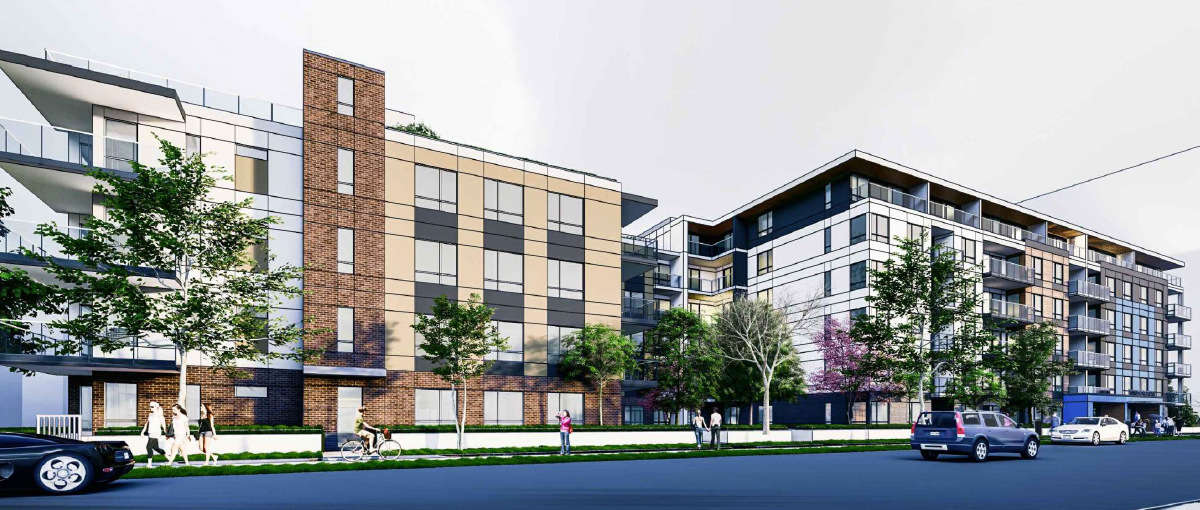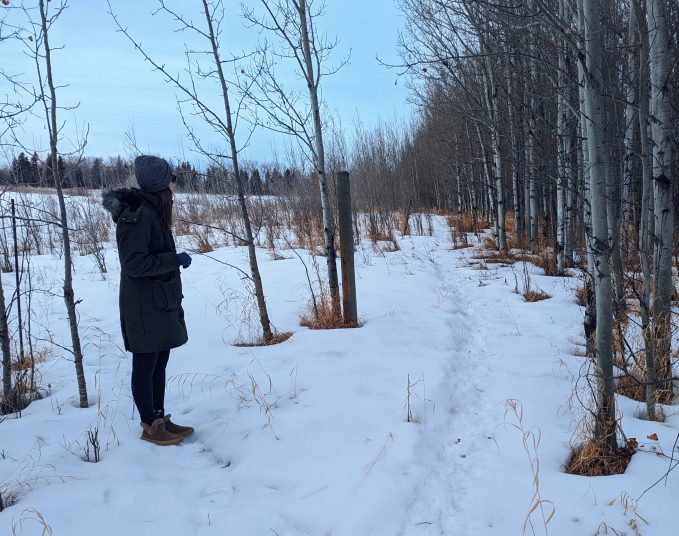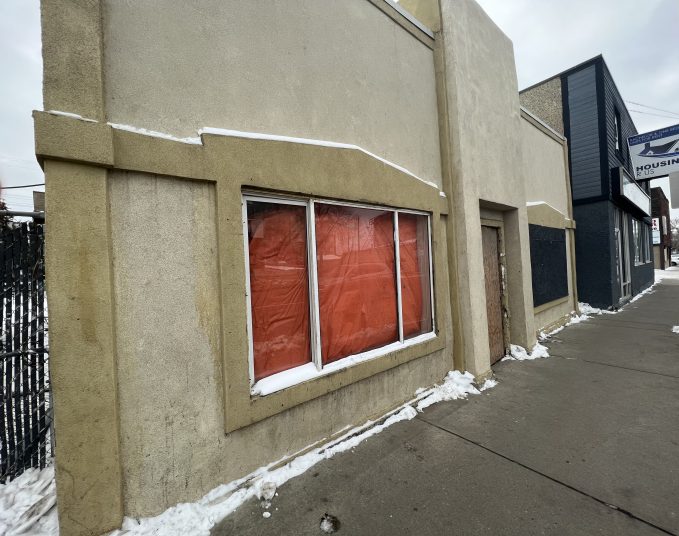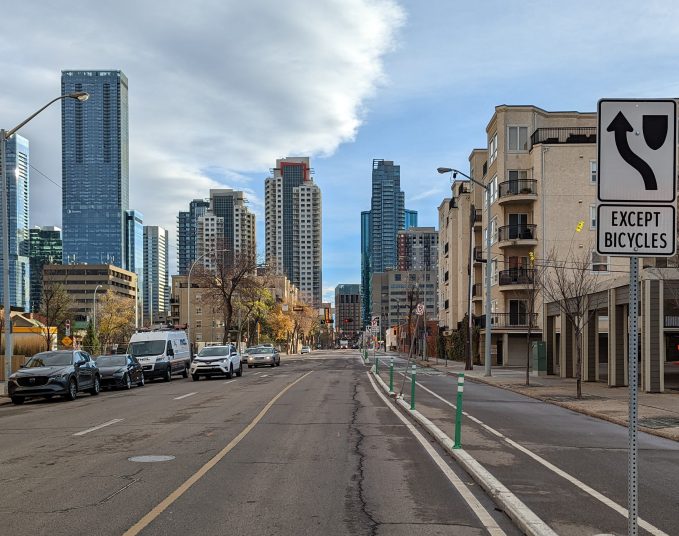If you were looking to start a speed-metal band, and need a name, you could do a lot worse than Brutal Densification.
(Imagine that in drippy writing on a black background, with a red pentagram next to it.)
This week, a cadre of Windsor Park residents went to City Hall but ultimately failed in their attempt to stop the development of a medium-density apartment complex in their neighbourhood. One of the petitioners referred to the project as an example of “brutal, not gentle, densification” that the City is imposing on its mature neighbourhoods.
We’ve seen this play out before. A neighbourhood group opposes a development in their community. They argue that traffic will increase, that a new tall building will rob them of their sunlight and that local amenities can’t handle the sudden increase in area residents.
In this case, the development proposal from Westrich Pacific was approved 9-3 by City Council; it rises from four to six storeys, with a maximum of 172 units.
City administration stated that approximately 60 objections or concerns were made by community members.
But, as a city with a Metro area population of 1.3 million struggles to densify its core, this Windsor Park decision is likely a harbinger of things to come. We’re seeing similar debates happen in Glenora.
Pretty well every councillor who spoke to the issue made it clear that they were wrestling with the issue. There was sympathy for the existing homeowners in the neighbourhood, but it had to be weighed against the needs of the city to start building up rather than out. I could spend about 1,000 words quoting everyone on council about how hard this decision was to make.
But, after the dust settled, a full day of debate could be boiled down to key points made by city councillors Tim Cartmell and Sarah Hamilton.
Cartmell said he expects to see more applications for higher density projects in Edmonton’s mature neighbourhoods as they “are likely the first to be turned over.” He understands that residents living close to these new developments won’t be happy. He even went so far to say if it was happening next door to his home, he wouldn’t be too excited about it.
“I understand how that’s really distressing for those who have to live next to it.”’
But, because of old provincial building code rules that no longer exist, to most Edmontonians, the idea of medium-density housing is the three-to four-storey walk-up. The city is filled with them. Cartmell said that for years and years, developers either built up to four storeys, or erected buildings higher than eight. What Edmonton didn’t have was medium-rise buildings. It was either build low, or build tall.
Now that the code has changed, six-storey projects like Westrich Pacific’s are good to go — and we in Edmonton need to adjust to the new normal. Medium-rise buildings are here to stay. And, when developers buy land, and have to pay the carrying costs, they need to maximize their returns. In mature neighbourhoods like Windsor Park, land is expensive. According to Westrich Pacific co-CEO Richie Lam, the price was about $10 million an acre.
“Can you cut an extra floor off? Can you cut two floors off?” said Lam. “Once you do that, my per-door goes from $70,000 to $80,000 a door to $130,000 a door and then we’re talking almost West Coast — Kelowna and Vancouver — prices on that.”
Then, before Sarah Hamilton voted in favour of the redevelopment, she said it might be in the residents’ best interests to accept a six-storey building as their new neighbour, rather than have it rejected.
“We would see a much higher, more dense development proceed,” she warned.
And that’s the thing; the feasibility of densification changes as land values go up. Land in mature neighbourhoods already costs far more than land in the suburbs. So, as time goes on, the economies of scale change. It’s either charge more per unit or build more units — which means more floors.
And more losing battles for those of us who want things to remain like they always were.
Savvy AF. Blunt AF. Edmonton AF.




